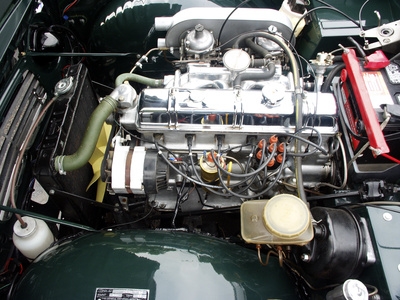
Radiators work by moving coolant through the engine to prevent overheating. A leaky radiator can cause the coolant in the cooling system to drop to a level low enough to allow the engine to overheat and damage the engine. Some leaks are easy to find because you can see the coolant leaking from a hole, tear or break in the radiator or connected hose.
Start the engine, allowing it to warm up and observe any leaks from the radiator or connected hoses. The method of sealing the leak is largely dependent on the type of leak the radiator may have and the actual location of the leak. Washing the radiator and hoses with water should make this step easier, because road debris can obscure holes and tears.
Remove the metal ring around the leaking hose and clean the opening of the radiator. Remove the other end of the hose and attach a new hose to both ends, tightening the metal rings as well. A torn or broken hose connected to the radiator is the simplest leak to fix.
Turn off the car, allowing the engine to cool down and drain the radiator. Clean the leak area and patch the surface leak with an epoxy referred to as "cold weld" because it will weld the hole in the radiator while the car is cold, even though it isn't a traditional welding substance. A commercial epoxy should take about two hours to set and be ready for use. While this fix can be done by a non-professional, the vehicle should be taken to a mechanic as soon as possible as this fix is temporary.
Allow the engine and radiator to cool down and remove the radiator cap. Pour in a can or bottle of cooling system sealant and fill the radiator with additional water or coolant. Drive the vehicle for at least half an hour to allow the sealant to circulate through the radiator and fill in the leak. While this is also a temporary fix, cooling system sealants are fairly effective for small leaks.